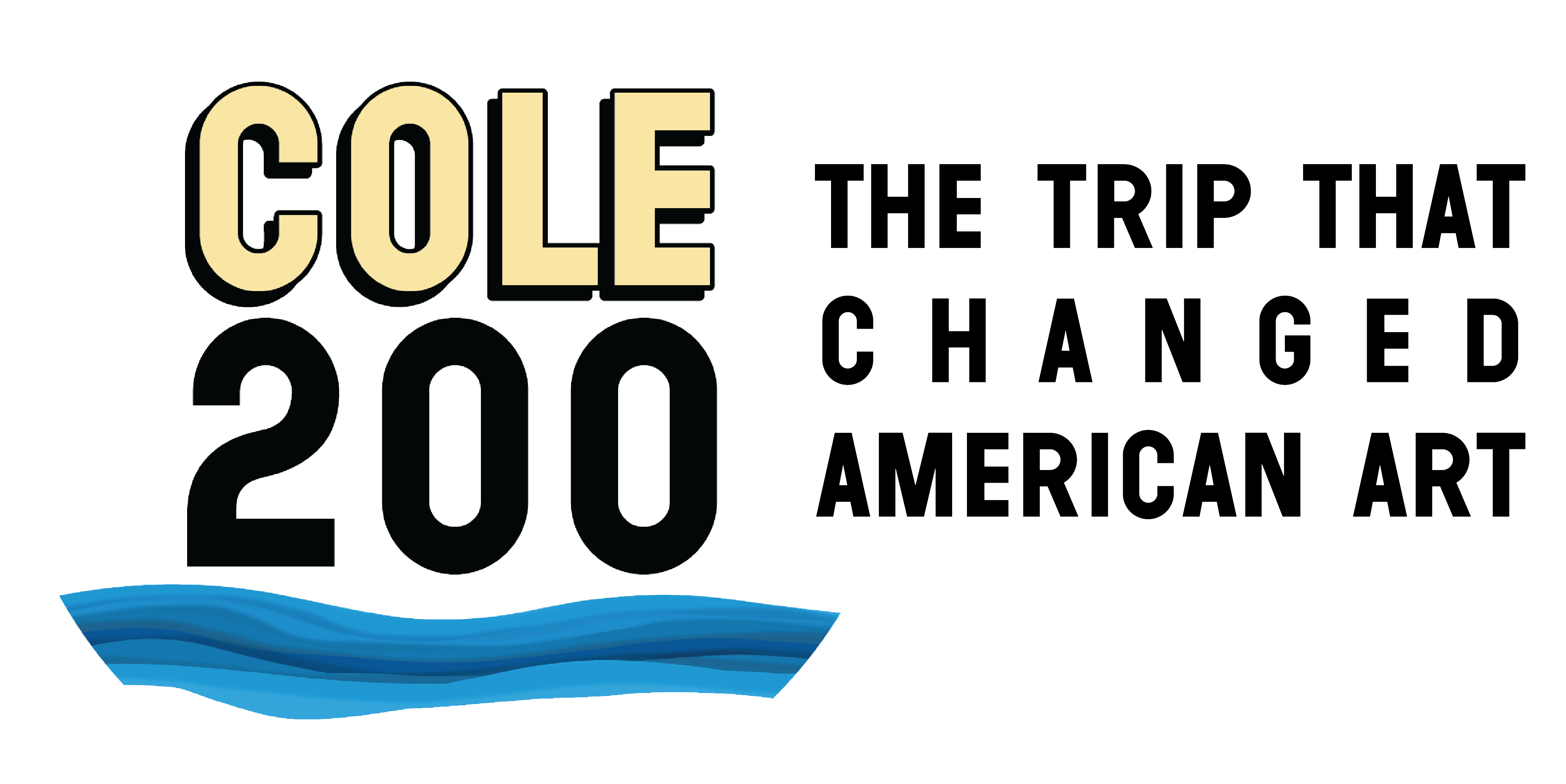Greening Initiative
The Thomas Cole National Historic Site is taking action to become a more environmentally sustainable organization in keeping with Thomas Cole’s early environmentalist values.
I cannot but express my sorrow that the beauty of such landscapes are quickly passing away–the ravages of the axe are daily increasing – the most noble scenes are made desolate, and oftentimes with a wantonness and barbarism scarcely credible in a civilized nation. The wayside is becoming shadeless, and another generation will behold spots, now rife with beauty, desecrated by what is called improvement. […] Nature has spread for us a rich and delightful banquet – shall we turn from it? We are still in Eden; the wall that shuts us out of the garden is our own ignorance and folly.
Thomas Cole, Essay on American Scenery, 1836
ACTIONS COMPLETED
Reduce Waste of Natural Resources
- Majority of historic buildings and office electricity now obtained through renewable resources.
- The Fellows Housing includes electric heat pumps powered by regional solar electricity. Made possible by a Catalyst Grant award from the Frankenthaler Climate Initiative.
- Use 100% recycled paper is used for office printing.
- Continue to decrease the amount of office printing, reusing scrap paper, and printing double sided when able.
- Membership correspondence and materials is now 80% digital.
- Donation acknowledgements are 80% digital.
- Three recent publications are printed on paper made from sustainably harvested forest products using renewable wind/solar energy.
- Use unbleached, bamboo paper towels and toilet paper in visitor use areas.
Reduce Air Toxins and General Chemical Use
- Installed a public dual EV charger for local community and visitors. Made possible by a gift from Sara and Tom de Swardt.
- Mow less frequently to reduce the amount of air toxins.
- Reduced the amount of areas regularly mowed.
- Plant growth on visitor walking paths are controlled with environmentally friendly methods.
- Use environmentally-friendly soaps, paper products, and cleaning products in all visitor and staff restrooms, kitchens, and offices.
Encourage Biodiversity
- Grass is mowed less frequently and at a height of ~4 inches in order to support healthy soil and provide essential habitats for pollinators.
- Continue to plant pollinator-friendly plants.
- Developed and maintain pocket meadows. Read more here.
- Joined the Pollinator Pathway Northeast.
Reduce use of single-use plastics
- Use an under-the-sink filtration system for drinking water in office building, rather than plastic water jugs.
- Office desk areas do not utilize personal waste baskets, in favor of centralized trash cans to cut down on bags.
Increased Use of Compostable Materials
- Use only compostable waste bags in visitor and staff areas.
- Use cleaning products concentrates with recyclable or compostable packaging.
- A composting system is utilized at the Cole Fellows’ residence, and compost is used in Site’s gardens.
Reduce waste materials
- Exhibition cases are regularly re-used, rather than build new cases each year.
- Printer toner cartridges and all possible recyclable waste are properly recycled.
- Switched from non-recyclable coffee pods to refillable pod/filters and pour-over methods with compostable filters.

Photo by Margaret DiStefano | Drone photography by Alon Koppel
Sustain Environmental Action
Help support the increased costs to the museum operating budget to sustain these environmental actions.
